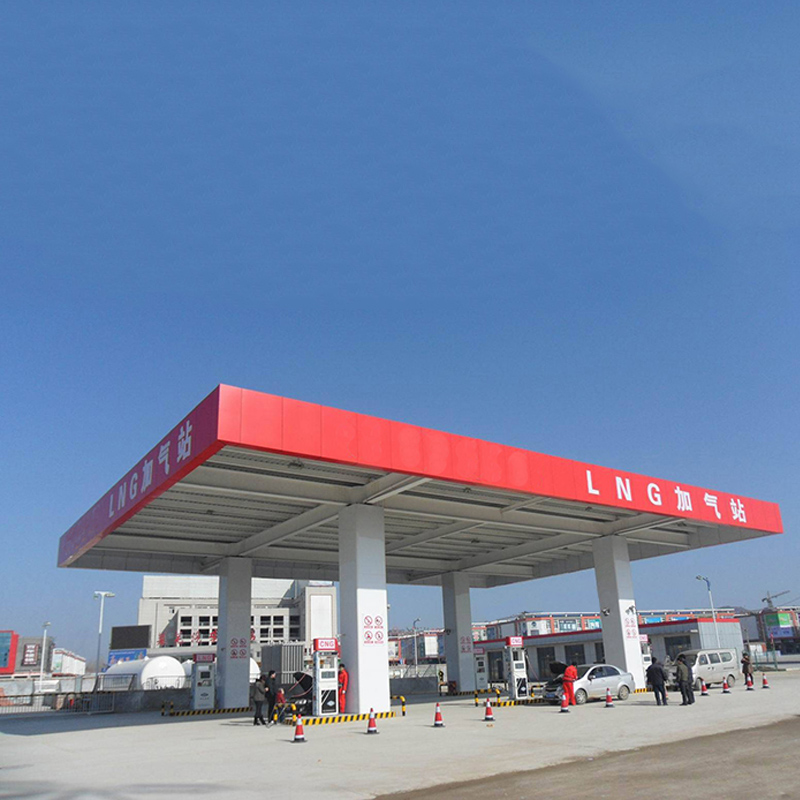
10 月 . 16, 2024 06:23
Back to list
Design and Functionality of Pressure Control Devices in Industrial Applications
Understanding Pressure Regulating Devices Essential for Safe and Efficient Operations
Pressure regulating devices are crucial components in various industrial systems, ensuring that pressure levels remain stable and safe. These devices play a vital role in applications ranging from gas and liquid distribution to complex manufacturing processes. Understanding their functionality, types, and applications can significantly enhance operational safety and efficiency.
What is a Pressure Regulating Device?
A pressure regulating device is designed to control and maintain a specific output pressure regardless of fluctuations in the input pressure or changes in flow rates. These devices are essential in systems where excessive pressure could lead to equipment failure, safety hazards, or inefficient operation.
When pressure fluctuates, either due to varying demand in a system or changes in upstream conditions, pressure regulators ensure that the downstream pressure remains consistent, thus protecting both the equipment and the end-user.
Types of Pressure Regulating Devices
There are several types of pressure regulating devices, each serving specific needs based on the application
1. Mechanical Regulators These are the most common type, utilizing mechanical elements like springs and diaphragms. They are simple in design and widely used for applications such as gas delivery in residential heating systems and industrial processes.
2. Electronic Regulators These regulators use electronic components to monitor and adjust pressure in real-time. They are often used in high-precision applications, such as pharmaceuticals and semiconductor manufacturing, where maintaining exact pressure levels is critical.
3. Pressure Relief Valves Although not a traditional pressure regulator, these devices are essential for safety. They automatically release pressure when it exceeds a predetermined limit, preventing potential damage to pipelines and equipment.
4. Back-pressure Regulators These maintain a set pressure on the upstream side of a regulator and are often used in wastewater treatment and chemical processing applications.
Applications of Pressure Regulating Devices
The applications for pressure regulating devices are vast and varied
pressure regulating device

- Oil and Gas Industry In this sector, pressure regulators are critical for managing the safe transport of liquids and gases
. They ensure that pipelines operate within safe pressure limits, thereby preventing catastrophic failures.- Water Supply Systems Pressure regulators help maintain consistent water pressure, protecting distribution systems from damage caused by hydraulic shocks due to sudden pressure changes.
- HVAC Systems In heating, ventilation, and air conditioning systems, regulators ensure that water and gas pressures remain at optimal levels for efficient energy use and to prevent system failures.
- Food and Beverage Manufacturing Maintaining pressure in processing systems is essential to ensure product quality and consistency, which is why robust pressure control is prioritized.
Benefits of Pressure Regulating Devices
Using pressure regulating devices offers numerous advantages
- Safety By preventing over-pressurization and potential explosions or leaks, these devices are crucial for maintaining a safe working environment.
- Efficiency Stable pressure levels lead to more efficient operation of equipment, reducing wear and tear and lowering energy costs.
- Product Quality In manufacturing, consistent pressure can directly affect the quality of the final product, making regulators essential for compliance with industry standards.
- Cost Savings By minimizing energy waste and damage to equipment, pressure regulating devices can lead to significant cost savings over time.
Conclusion
Pressure regulating devices are indispensable in ensuring the safe and efficient operation of numerous industrial applications. Their ability to maintain consistent pressure levels not only protects equipment and personnel but also improves overall productivity. Understanding the different types and their specific applications can help industries select the right devices for their needs, ultimately leading to enhanced safety, efficiency, and cost-effectiveness. As technology advances, the development of new and improved pressure regulating devices will only serve to broaden their application, solidifying their importance in modern industrial operations.
Next:
Latest news
-
Unlocking The Quality Gas Pressure ReducersNewsNov.01,2024
-
The Role of Gas Pressure Reducing StationsNewsNov.01,2024
-
The Importance and Functionality of Safety Relief ValvesNewsNov.01,2024
-
The Essential Role of Safety Valves in Natural Gas ApplicationsNewsNov.01,2024
-
The Essential Role of Gas Pressure RegulatorsNewsNov.01,2024
-
Enhance Your Premium Gas FiltersNewsNov.01,2024

